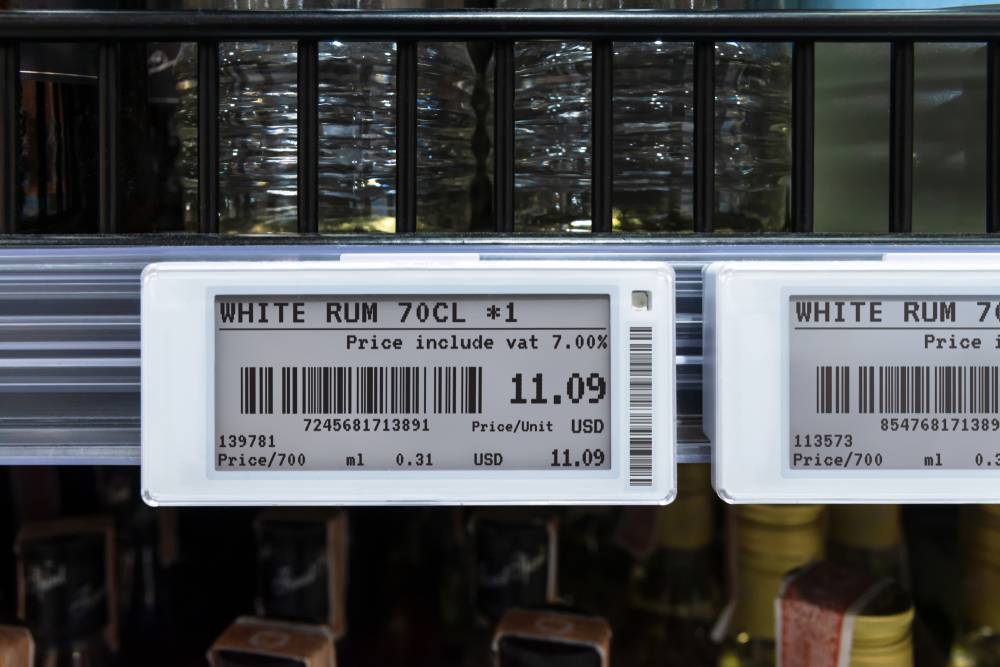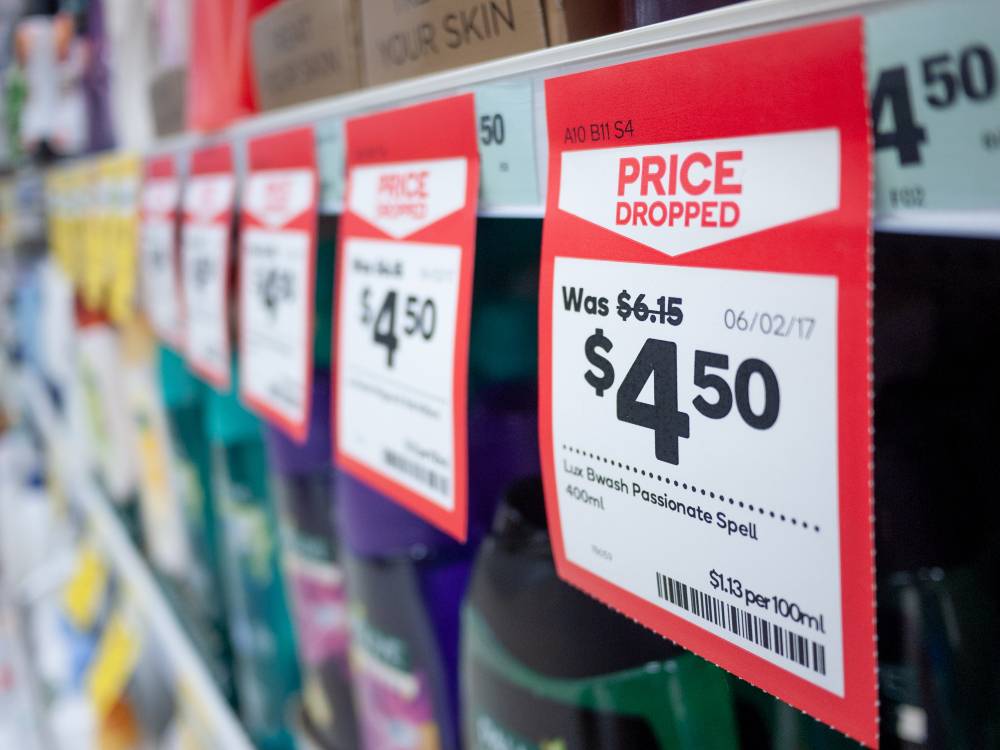As a business, one of the most challenging decisions you have to make is pricing your product or service. You have to consider your own costs of production, labor, and all other market forces that will determine the demand for your product. Thankfully, there are various tested strategies for pricing your product effectively. This page will provide assistance in finding the perfect price for your product.
Also be sure to check out our full product pricing guide.

The Basics of Product Pricing
Product pricing is the process of setting a price for products and services. It is an essential factor in any business, as it can determine whether your business succeeds or fails. Pricing strategy involves considering factors such as customer demand, cost of production, competition, market conditions, and customer perception of value. Product pricing should be carefully considered and tailored to meet a business’s specific needs and objectives.
At the end of the day, though, the main goal of product pricing is to maximize profits. To do so, you need to focus on ensuring that the price of a product or service is set at a level that allows for maximum customer satisfaction while also generating enough profit to sustain the business. Let’s explore the steps involved in doing this.
1. Analyze Your Costs
Analyzing your costs is the first step in calculating the perfect price for your product. It’s essential to have a good understanding of your overall costs so you can make pricing decisions that are both profitable and competitive. Here’s how to get started:
- Calculate Your Direct Costs: these are the costs of making or selling your product. These include things such as materials, labor, shipping, and packaging.
- Estimate Overhead Expenses: the overhead expenses are the costs of running your business, such as rent, utilities, marketing, and administrative fees.
- Assess Customer Acquisition Costs: it’s important to consider how much it costs you to acquire new customers, whether through advertising, referrals, or other marketing efforts.
- Determine Profit Margin Expectations: once you’ve determined your costs, you’ll need to decide what kind of profit margin you’d like to target. This will help you determine the right price for your product.
The main idea here is to determine your costs and how much profit you need to make – at the bare minimum. After analyzing your costs and figuring out how much you need to make per unit, you can ensure that you’re setting the right price for your product. With the right price, you can ensure that you’re maximizing your profits and staying competitive in the marketplace.
2. Research Your Competition
When it comes to pricing your product, you will want to research your competition to determine what they are charging for similar products. This will give you an idea of where to set your price to compete. To do this, start by looking for comparable products. Although your products will likely stand out in unique areas from your competitors, this will be a fundamental benchmark you can use for eventually determining the right price for your products.
3. Consider Your Target Market
The price of your product should be based on what your target market will pay. This is why you need to understand who will be buying your product. Think about where these people live, what kind of salary they might make, why they are drawn to your product, why they would prefer you over competitors, and so on.
You can price products with a nice profit margin if you are lucky. This is usually the case if your target market is people with good jobs with plenty of extra money to spend. Of course, your product needs to be seen as valuable and unique to get away with this. Otherwise, you might need to focus more on having a similar price as your competitors.
4. Find What Makes You Unique & Capitalize On It
It is essential to find what makes your product unique when pricing it because it allows you to set a price that accurately reflects the product’s value and level of demand. When you identify the unique features and benefits your product offers, you can differentiate yourself from competitors and not be stuck to the pricing system they use.
Think of Apple, for example. They know they have their own processing system and heightened consumer perception of quality and security. For this reason, they can charge higher prices for the iPhone than competitors like Samsung. In the same manner, find and capitalize on what makes your product unique.
5. Consider Different Pricing Strategies
Perhaps the most challenging step of pricing your products is deciding what strategy you want to use. There are tons of strategies to consider. Here are pricing models you should check out right away:
- Cost Plus Pricing: cost plus pricing is a pricing strategy in which a firm sets the price of a product or service based on the costs associated with production plus an additional amount to generate a desired level of profit.
- Skimming Pricing: skimming pricing is a pricing strategy in which a company initially sets a high price for a product or service and then gradually reduces the price over time. This strategy maximizes profits from early adopters of a product or service.
- Penetration Pricing: penetration pricing is a pricing strategy in which a company sets a low initial price for a product or service to attract customers immediately.
- Psychological Pricing: psychological pricing is a pricing strategy in which a company uses psychological tactics to influence customer behavior. This can include setting prices at certain levels to make them seem more attractive, or offering discounts that appear too good to pass up.
- Dynamic Pricing: this is a pricing strategy where the price of a product or service is adjusted in real-time based on market conditions. This allows businesses to remain competitive and charge different prices for the same product or service depending on the demand.
- Competitor-Based Pricing: finally, this is another pricing strategy that involves setting prices based on competitors’ prices. This allows businesses to remain competitive and match their competitors’ prices without undercutting them too much.

Find the Strategies That Works Best and Stick to Them
Try out multiple strategies before you find the ones that work best because different strategies work better for different types of products and services. For example, a business selling luxury items may benefit from dynamic pricing, while a business selling everyday items may benefit more from competitor-based pricing.
Usually, you will end up using different pricing models over time. Keep data and compare results when testing out different strategies for best results. Soon, you will quickly find what works best for your target customers. Once you reach that point, pricing products and picking the right strategy will quickly become second nature for your business.
For more information, please refer to the following pages:
- Top Factors to Consider When Pricing Products
- Guide for Value-Based Pricing
- What Is Competitor-Based Pricing?
- What Is Cost-Plus Pricing?
- All About Dynamic Product Pricing
- Tips for Incorporating Different Pricing Methods
- How to Test Your Product Price
- How to Know You Should Change Your Product’s Price
